Is your home wasting energy and money by overheating or overcooling when you’re not around? Old-fashioned thermostats with limited functionality can lead to higher utility bills and unnecessary energy consumption. Embrace smart home technology and install an energy-efficient smart thermostat today.
Install a Smart Thermostat and Save
Smart thermostats optimize heating and cooling to match your schedule and preferences. They can help cut energy bills by reducing heating and cooling when you don’t need it. Smart thermostats also provide control and visibility through mobile apps and integrate with other smart home devices.
Upgrading your home’s temperature controls is one of the most impactful steps you can take to reduce home energy waste. Studies show smart thermostats can save homeowners up to 10% on heating and 15% on cooling costs. With rising energy prices, a smart thermostat can pay for itself in just a few years through energy savings. Keep reading to learn more about how smart thermostats work and how they can help make your home more efficient.
What Is A Smart Thermostat?
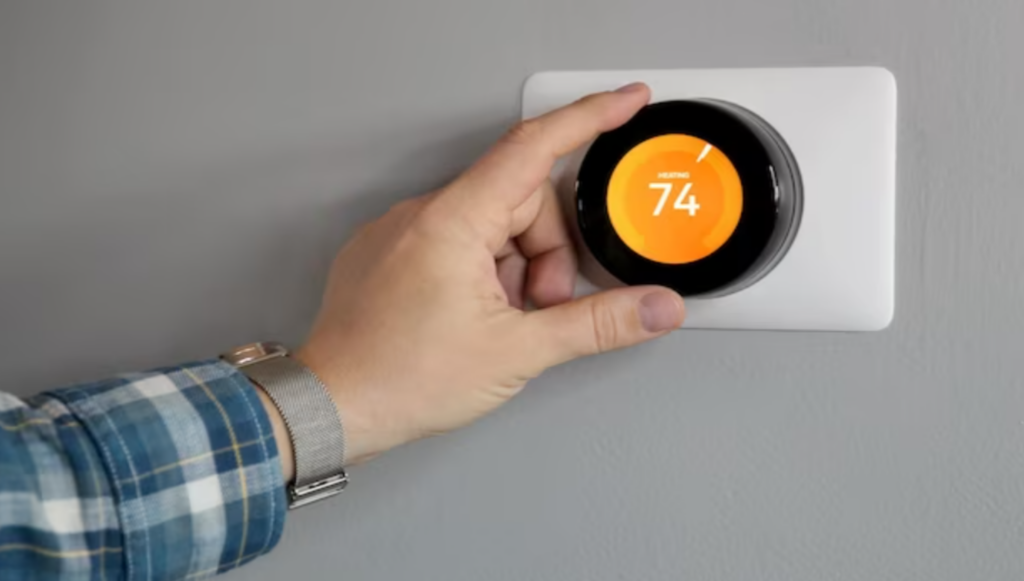
A smart thermostat is a Wi-Fi enabled device that allows users to control home heating and cooling systems remotely using a smartphone, tablet, or computer. Unlike traditional systems which rely on manual temperature adjustments, smart thermostats use sensors, adaptable algorithms, automation, and remote access to optimize and regulate heating and cooling within a home.
Difference Between A Smart Thermostat And A Traditional Thermostat
The key difference between a traditional thermostat and a smart thermostat is the connectivity and automation. Traditional thermostats are self-contained units mounted on a wall that only adjust temperature based on the manual settings input by the user. Smart systems connect to the internet and user devices to provide both remote control and automated scheduling and temperature optimization based on occupant behavior patterns, weather forecasts, and other data.
With a traditional thermostat, any changes to temperature have to be made manually at the device. A smart device allows temperatures to be adjusted remotely using an app, as well as using automated schedules, geofencing based on occupant location, and algorithms to learn occupant schedules and comfort preferences over time. This automation and optimization can save energy and maximize comfort.
Benefits Of A Smart Thermostat
One of the biggest benefits of smart thermostats is the ability to control your home’s temperature remotely via an app on your phone or tablet. This allows you to adjust your unit on the go so you’re not wasting energy heating or cooling an empty home.
For example, if you forgot to lower the temperature before leaving for work, you can easily do it with just a few taps on your smartphone. Or if you’re out running errands and won’t be home as soon as expected, you can raise the temperature so it’s comfortable by the time you get home. No more coming home to a freezing cold or sweltering hot house!
Being able to control your unit remotely also provides security and peace of mind. If you’re away on vacation, you can adjust the temperature to help deter burglars who might assume the home is empty if the temperature inside remains stagnant. You can also monitor your home’s temperature and make sure your HVAC system is functioning properly even when you’re not there.
The convenience and flexibility provided by controlling your thermostat from your mobile device is one of the biggest perks of upgrading to a smart model. It allows you to save energy and money while customizing the temperature to your schedule and needs.
Energy Savings
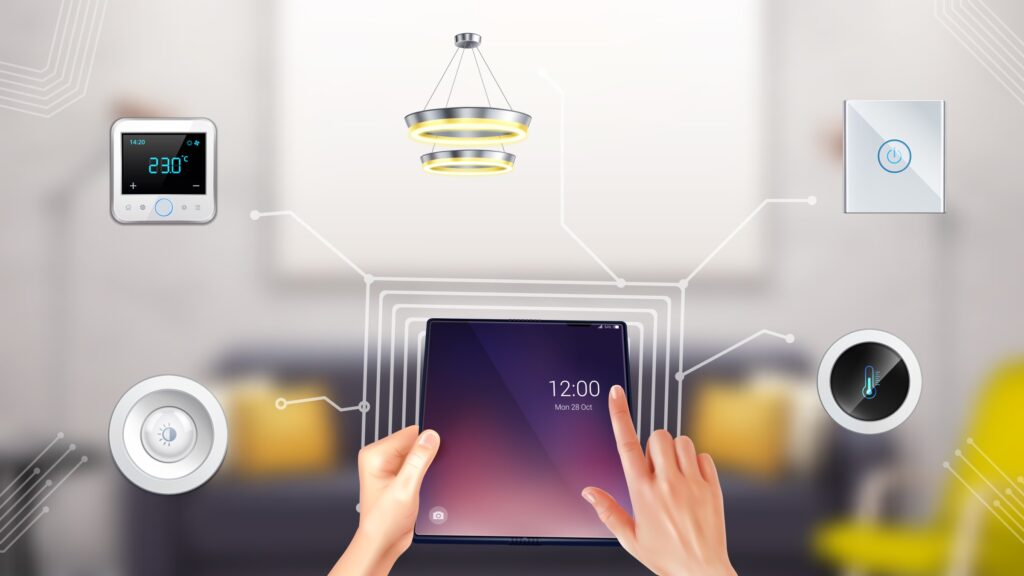
Another major benefit of a smart thermostat is energy savings. Unlike a traditional devices that maintains the same temperature setting 24/7, a smart system automatically adjusts the temperature when you’re away or asleep. This feature alone can reduce heating and cooling costs by 10-30%, depending on how often and how long your home is vacant.
By connecting to your smartphone location, a smart thermostat knows when you’ve left the house and will automatically switch to an energy-saving mode. It will turn down the heat or AC to conserve energy until you return home.
Smart thermostats continuously monitor your home’s insulation, humidity, and other factors to optimize the temperature and run your HVAC system as efficiently as possible. This prevents overcooling or overheating, which wastes electricity and gas. By keeping temperatures at the optimal level needed for comfort and adjusting based on your presence, a smart thermostat provides continuous energy savings day and night.
Integration With Other Smart Devices
One of the best features of smart thermostats is their ability to integrate with other smart home devices for even greater efficiency and automation. They can connect to smart home and smart security systems and adjust the temperature accordingly when the security system is armed or disarmed.
Some other integrations that are possible with select smart thermostat models include:
Smart Speakers
Allow voice control through Alexa, Google Assistant or Siri
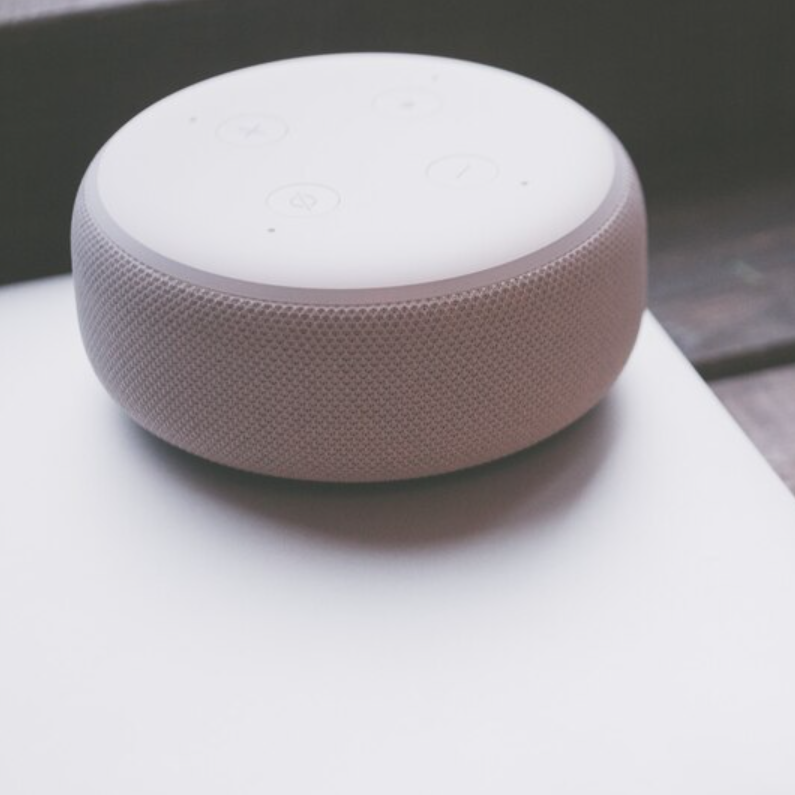
Smart Smoke Detectors
Automatically turn off the HVAC system if smoke or fire is detected
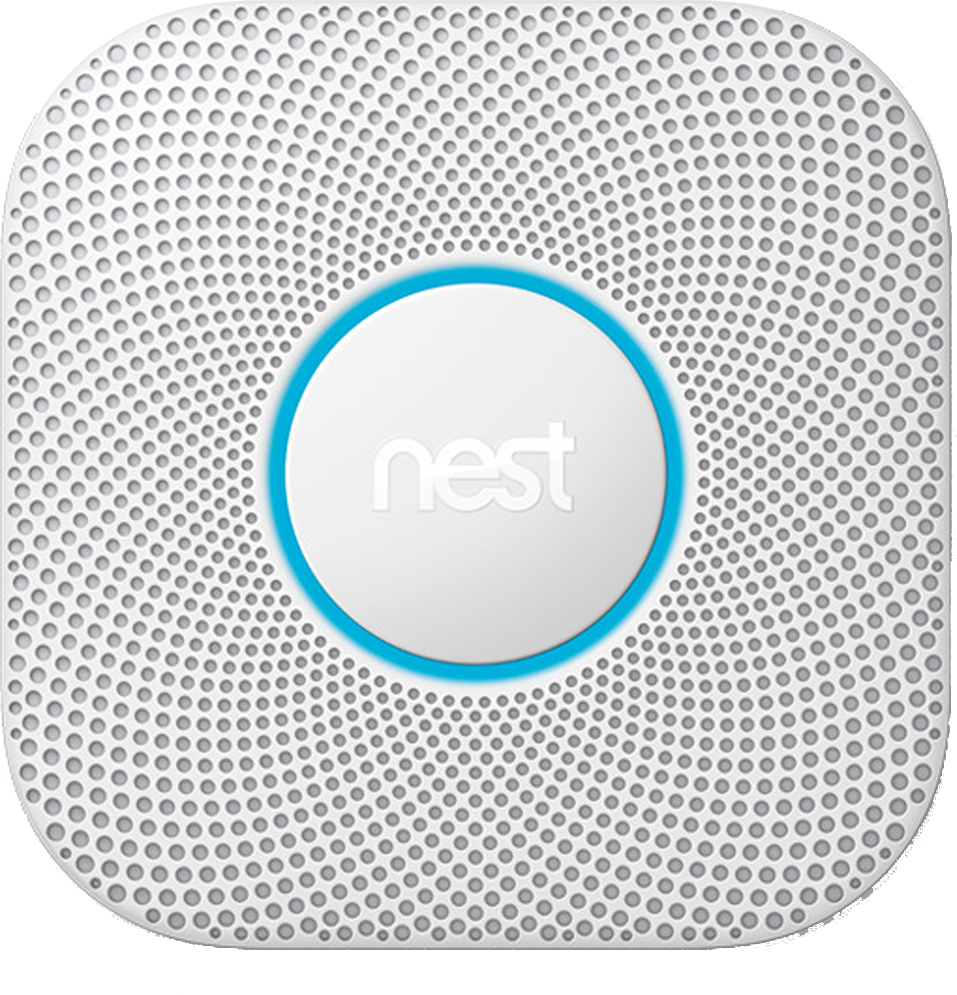
Smart Doorbells/Locks
Adjust temperature based on whether someone has arrived or left the home
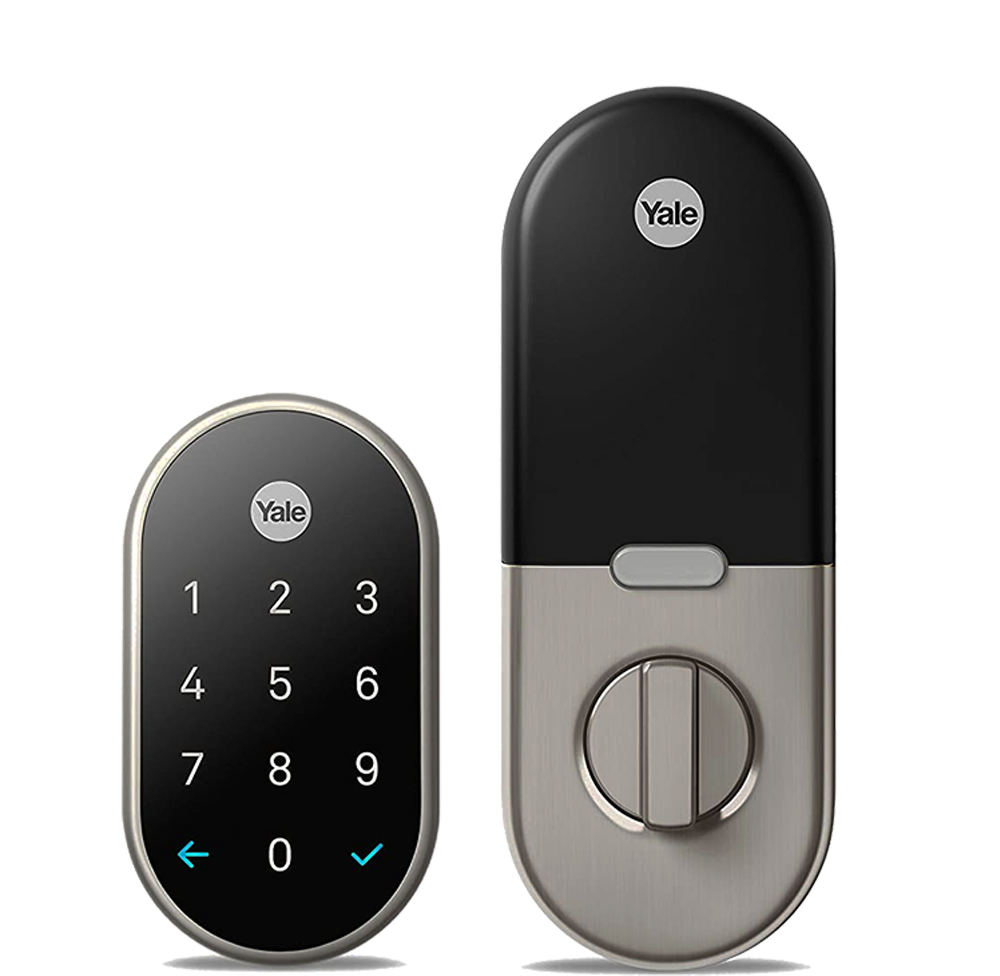
Smart Appliances
Smart appliances coordinate energy use to avoid peak demand charges
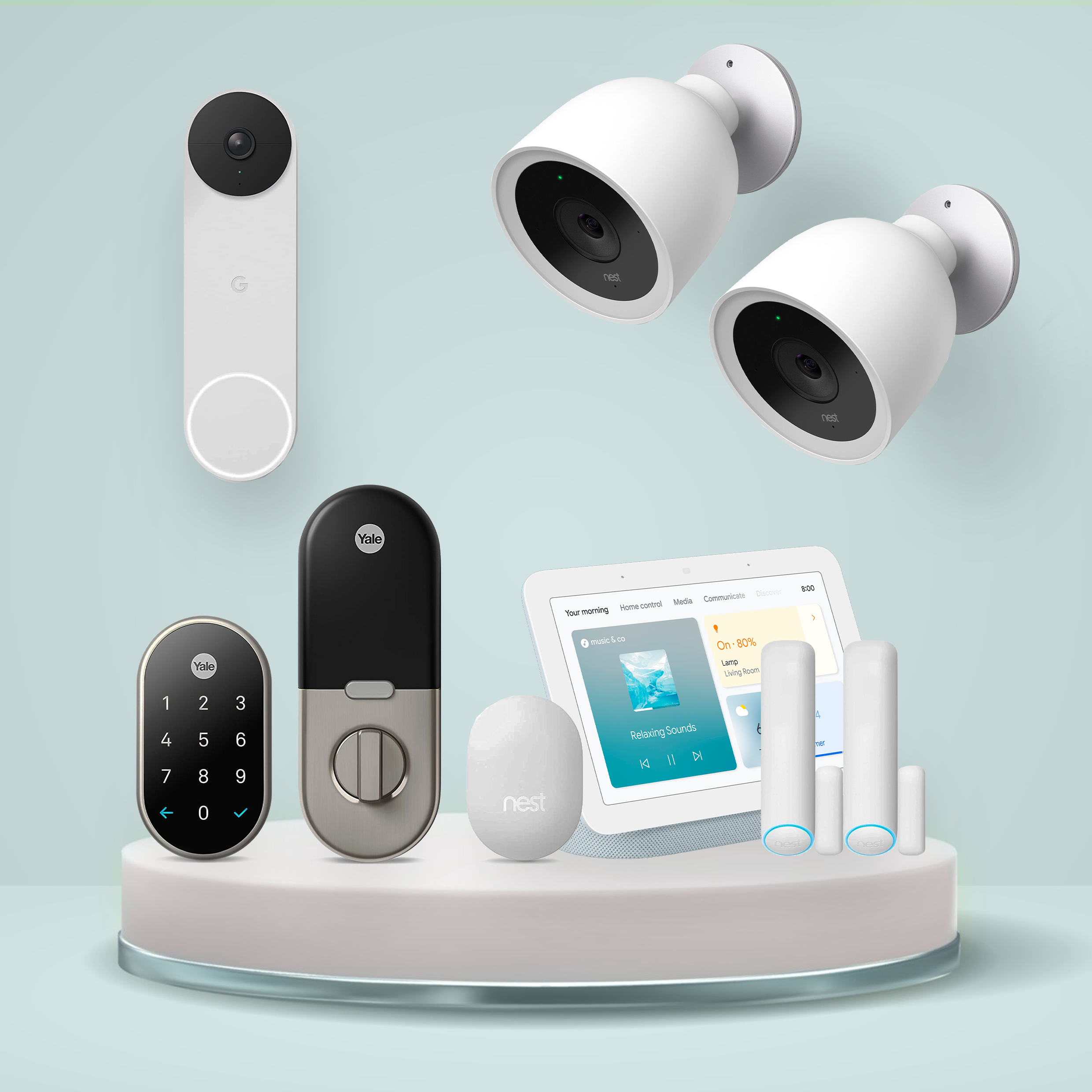
The more your thermostat can communicate with other smart devices in your home, the more potential there is to save energy and money while keeping comfort levels high. The ability to connect and automate multiple home systems through one central device makes home energy management a breeze.
Choosing The Right Model
When choosing a smart thermostat, it’s important to consider your needs and pick the right model. Here are some of the top brands and features to compare:
Nest
One of the most popular smart thermostats, Nest offers advanced features like auto-scheduling based on your usage patterns, a crisp LED display, and integration with other smart home devices. Nest devices have motion sensors to detect when you’re home, as well as temperature sensors to optimize heating and cooling.
Ecobee
Ecobee is another top smart thermostat brand. Their devices come with room sensors you can place around your home for more precise temperature and occupancy detection. Ecobee also has Alexa built-in for voice control.
Honeywell
Honeywell makes trusted smart thermostats like the T9 and T10. Key features include dual-band Wi-Fi, a smooth glass display, a smart response algorithm, and control via smartphone app.
When deciding, look at connectivity options like Wi-Fi, Bluetooth, or remote access from your smartphone. Occupancy sensors, humidity control, and zoning features are also useful for maximizing efficiency. Pick an easy to install model that fits your smart home ecosystem.
Cost Savings

Installing a smart thermostat in your home can provide significant cost savings on your energy bills. Energy costs can be one of the largest regular expenses for a household, so finding ways to reduce energy usage can put more money back in your pocket.
Smart thermostats allow you to closely monitor and control the temperature settings for heating and cooling in your home. This gives you the ability to adjust temperatures when needed to conserve energy. Smart thermostats learn your schedule and preferences over time to optimize heating and cooling operation automatically, without sacrificing comfort.
*Studies have shown smart thermostats can reduce heating and cooling costs by 8-15% per year. The investment in a smart thermostat often pays for itself in just a couple years through the energy savings.
For example, if your yearly heating and cooling bills are $1000, installing a Nest Learning Thermostat for $250 would pay for itself in under 2 years from the estimated 10% savings, or $100 per year. After the payback period, the savings continue to accrue year after year.
The cost savings will depend on several factors like your climate, HVAC system, and energy rates. But most homeowners can expect a reasonable return on investment timeframe of 2-4 years for a smart thermostat. Additionally, there are several government rebates available for people who have smart thermostats installed in their homes. For more information about smart thermostats and the rebates associated with them, contact an expert energy advisor at Provincial Smart Home Services.
Conclusion
Installing a smart thermostat in your home can provide a wide range of benefits to help make your home more energy efficient. By enabling remote access and control of your home’s temperature through a smartphone app or voice assistant, smart thermostats give you greater control and flexibility over your HVAC system.
Smart thermostats can help you optimize your heating and cooling usage throughout the day to maximize energy savings. Through features like geofencing, smart scheduling, and integration with other smart home devices, a smart thermostat allows your home’s temperature to automatically adjust based on whether you’re home, what the weather’s like, and your normal routine.
Over time, a smart thermostat can learn your behavior and preferences to create a customized schedule that keeps you comfortable when you’re home, saves energy when you’re away, and avoids heating or cooling an empty house. The energy savings from a smart thermostat can quickly pay for itself through lower utility bills. If you’re looking for ways to make your home more energy efficient, installing a smart thermostat is one of the easiest and most effective steps you can take.
Related Posts
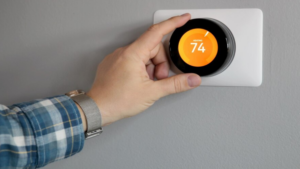
How Smart Home Automation Makes Your Life Easier
Discover smart home automation for easier living. Explore top devices for voice control, lighting, and security in our guide.

Should I Invest in an Energy Efficient Air Conditioner?
An energy efficient air conditioner can save you hundreds of dollars per year on utility bills while reducing your carbon footprint.

7 Amazing Benefits Of Automating Your Home With Smart Technology
We review 7 amazing benefits that you receive from automating your home with smart technology and how to implement changes today.

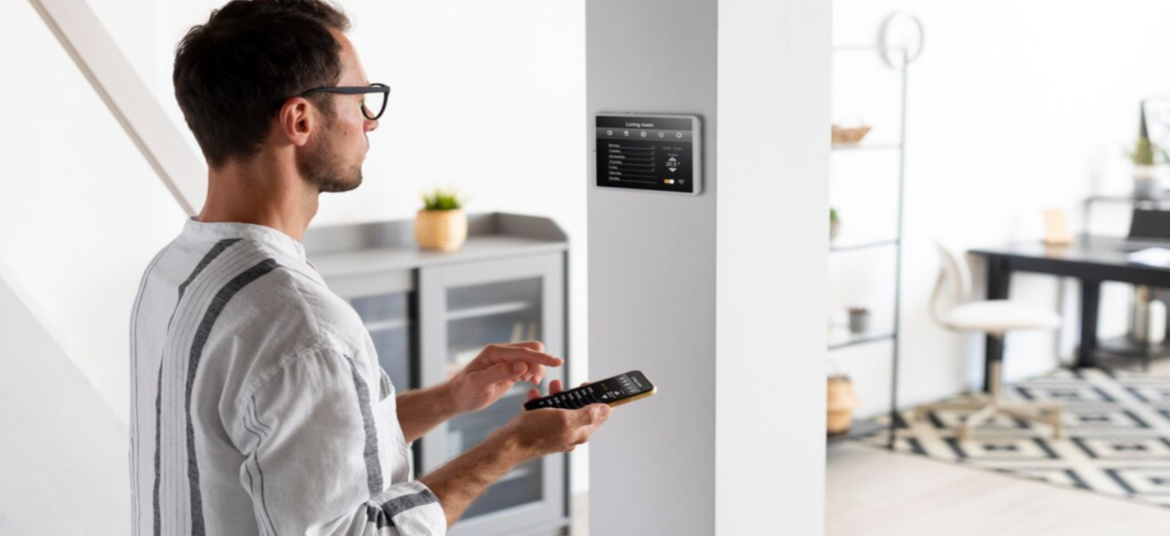
No Comments